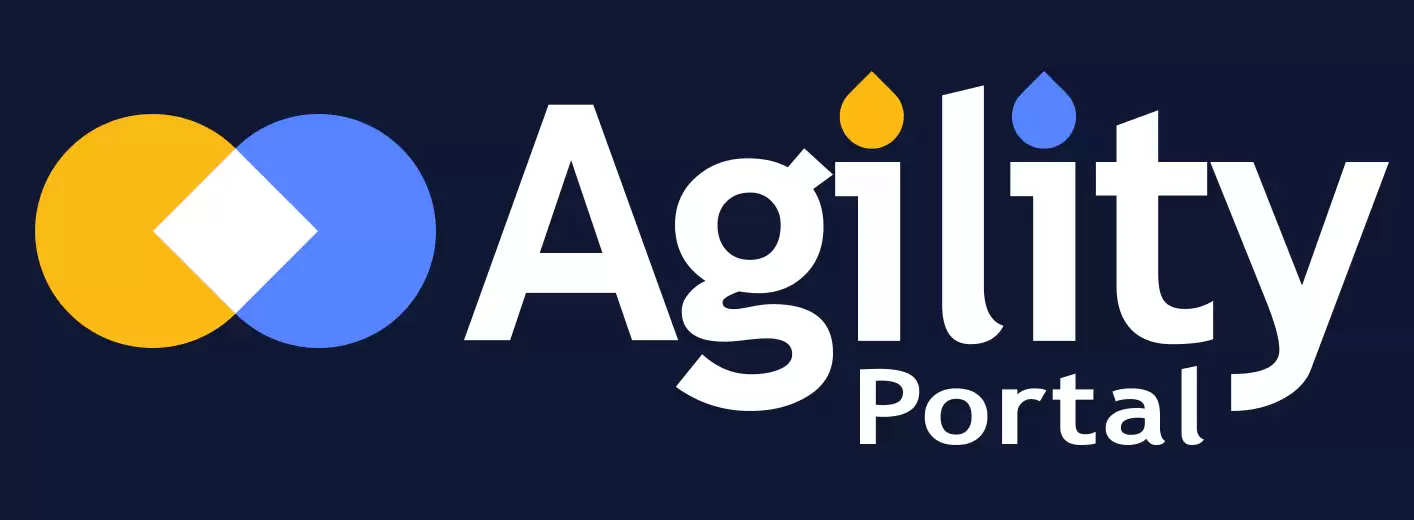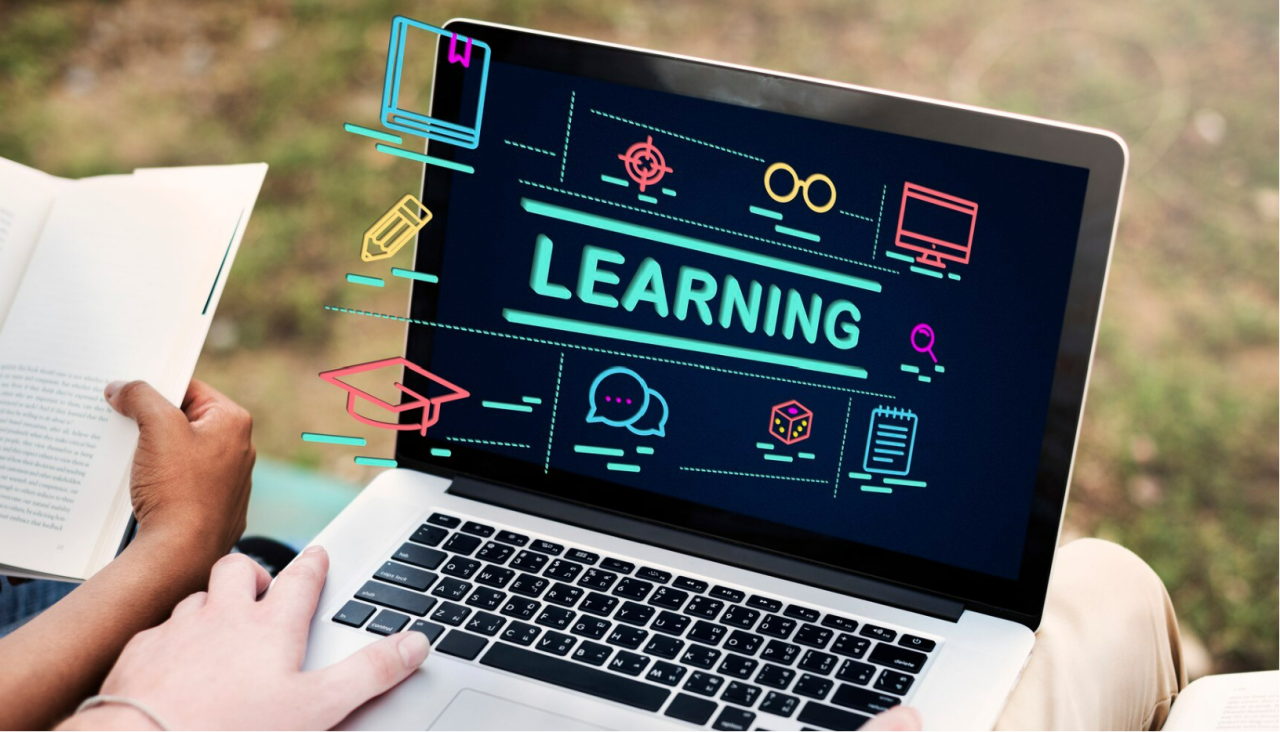Insight Blog
Agility’s perspectives on transforming the employee's experience throughout remote transformation using connected enterprise tools.
4 minutes reading time
(804 words)
The Importance of Regular Maintenance for Your LMS Software
This blog post will delve into the importance of maintenance for LMS software. Let's discuss how it benefits educators and learners alike.
In today's era, technology plays a role in education. Integrating Learning Management Systems (LMS) has revolutionized how teachers and students interact. LMS software allows educators to create, distribute, and manage courses.
However, like any digital tool, it is essential to regularly maintain LMS software to ensure optimal performance and cater to the ever-evolving needs of users.
This blog post will delve into the importance of maintenance for LMS software. Let's discuss how it benefits educators and learners alike.
Enhanced Security
When it comes to maintaining LMS software, one of the aspects is ensuring its security. Educational institutions handle vast amounts of information, including student data and confidential documents. But how does one choose between thinkific vs teachable?
Through maintenance practices, developers can identify any vulnerabilities that could be exploited by hackers or malicious individuals and promptly patch them up.
By keeping the software current and implementing state-of-the-art security features, institutions can protect data integrity while maintaining trust among students and stakeholders.
Bug Fixes and Performance Optimization
LMS software is a system comprising components that work together seamlessly. However, bugs or performance issues may arise over time with software architecture.
Regular upkeep guarantees that these issues are recognized, dealt with, and resolved by fixing glitches and optimizing performance, allowing teachers to deliver an uninterrupted learning experience for students. It also helps prevent any frustrations arising from hiccups or slow loading times.
System Updates and Enhancements
The field of education is constantly evolving, like the needs of teachers and learners. Regular maintenance of LMS software enables developers to identify areas for improvement and implement system updates and enhancements accordingly.
These updates may introduce features, improved functionalities, or enhanced user interfaces, all contributing to a user experience. By embracing these updates and improvements, educational institutions can stay ahead of the curve.
Ensure their LMS software remains relevant while meeting the changing demands of the education industry.
Follow us and access great exclusive content everyday: Follow us on Google News
User Support and Training
Routine LMS (Learning Management System) maintenance is essential for providing continuous support and training to both educators and students. Educational institutions frequently onboard new staff and students throughout the year, making it crucial to ensure they can quickly familiarize themselves with the platform.
Regular maintenance includes updating training materials and resources, ensuring that new users can efficiently navigate the LMS. Well-structured tutorials and user guides help educators and students make the most of the platform's features, from course management to progress tracking.
Additionally, ongoing user support plays a critical role in LMS maintenance. Whether an educator encounters technical difficulties or a student needs guidance on system navigation, having a dedicated support team ensures that issues are promptly addressed. This continuous assistance enhances user satisfaction and contributes to a smooth learning experience.
For IT professionals and developers managing LMS platforms, certifications like the Microsoft AZ-204 Practice Test Dumps can provide valuable insights into developing, deploying, and maintaining cloud-based educational systems. Mastering Microsoft Azure development enables IT teams to enhance LMS functionality, optimize performance, and ensure seamless integration with other Microsoft services.
Analysis of Data and Generating Reports
Data holds value for educators as it allows them to monitor student progress, evaluate the effectiveness of their teaching methods, and identify areas that need improvement.
Regular maintenance of LMS software involves analyzing data and creating reports to offer insights to educators.
By leveraging this data, educators can make decisions regarding curriculum development, pinpoint struggling students, and personalize their teaching approaches.
Consistent maintenance ensures accurate and reliable data collection that's readily accessible for analysis, enabling educators to enhance their teaching practices.
You may also like: Best Apps for Employees: UPDATED 2022 – A Complete Guide
Integration with External Tools
LMS software frequently integrates with third-party applications and tools like plagiarism checkers, online discussion boards, and interactive quizzes. Regular maintenance guarantees that these integrations remain up-to-date and function properly.
Through testing and updating integrations, educational institutions can ensure a seamless user experience while preventing disruptions caused by compatibility issues or outdated versions of third-party tools.
Free ebook: How To Get Your Intranet Off The Ground
Wrapping up
Regular maintenance plays a role in ensuring the efficient operation of LMS software within educational institutions. Routine maintenance plays a role in providing an experience for educators and students alike. It encompasses enhanced security, bug fixes, and performance optimizations.
Through system updates and user support, the software remains up to date. Creates a conducive learning environment; moreover, by analyzing data and integrating with third-party tools, the LMS software gains capabilities that further enrich the learning experience. Educational institutions can harness the power of LMS software by prioritizing maintenance, ensuring a learning journey for everyone involved.
Categories
Blog
(2557)
Business Management
(314)
Employee Engagement
(203)
Digital Transformation
(171)
Intranets
(119)
Growth
(113)
Remote Work
(61)
Sales
(48)
Collaboration
(37)
Culture
(29)
Project management
(29)
Customer Experience
(25)
Knowledge Management
(21)
Leadership
(20)
Comparisons
(5)
Ready to learn more? 👍
One platform to optimize, manage and track all of your teams. Your new digital workplace is a click away. 🚀
Free for 14 days, no credit card required.












